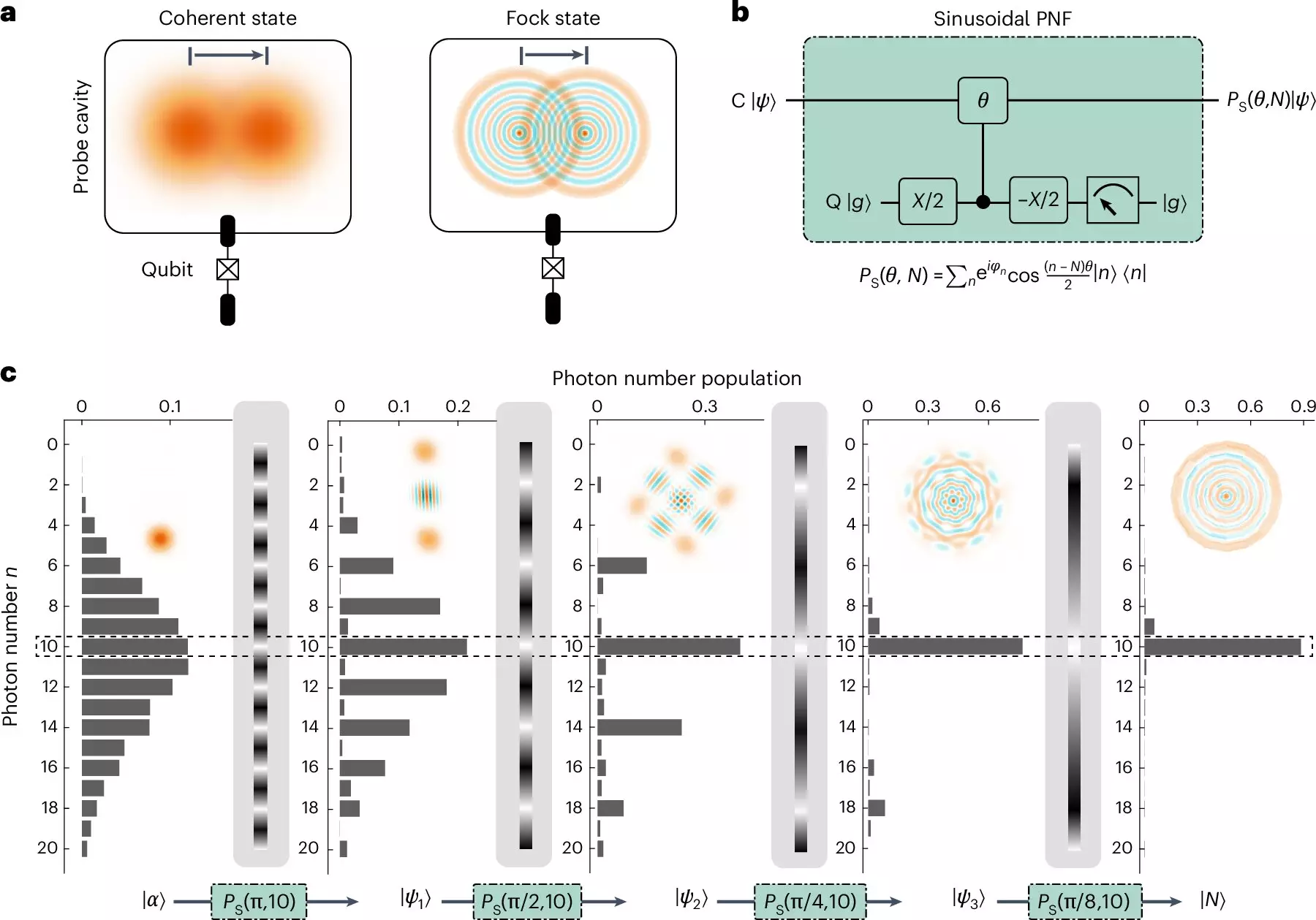In the realm of scientific inquiry, the collection of precise measurements serves as a cornerstone for groundbreaking research and technological sophistication across various domains, particularly physics. Achieving high-precision measurements is crucial, as they often unveil new phenomena and help confirm or refute longstanding theoretical frameworks. Recently, a significant paradigm shift has taken place within the field of metrology—an area intimately connected to the precision of measurements—due to the emergence of quantum-enhanced methodologies. Through leveraging non-classical states, these advanced techniques offer promising avenues for achieving unprecedented measurement precision, which could potentially transform our understanding of the universe.
However, manipulating these non-classical states to yield reliable, high-precision measurements remains a formidable challenge. Researchers from the International Quantum Academy, along with their counterparts at Southern University of Science and Technology and the University of Science and Technology of China, have recently made headway in overcoming this hurdle. Their innovative research, published in *Nature Physics*, proposes an approach that enables the efficient generation of large Fock states, containing nearly 100 photons, thereby enhancing the capabilities of quantum-enhanced metrology.
The main focus of the research centers around the high-precision measurement of weak microwave electromagnetic fields. According to Yuan Xu, a notable co-author of the work, the potential of microwave Fock states in a superconducting cavity cannot be overstated. These states exhibit intricate interference phenomena within phase space, allowing for the detection of minute shifts caused by weak microwave fields with high accuracy. The precision of this detection hinges on the number of photons involved; as the photon count increases, so does the granularity of the interference fringes, therefore maximizing the precision of the measurements.
To capitalize on quantum mechanical principles and substantiate a tangible metrological gain beyond classical capabilities, the researchers devised a methodology aimed at producing Fock states featuring up to 100 photons. Their approach employs two distinct types of photon number filters (PNF) designed to harness the photon-number-dependent response of an ancillary qubit linked to the superconducting cavity.
The innovative process incorporates two innovative PNF designs: sinusoidal and Gaussian. The sinusoidal PNF is applied via a conditional rotation inserted into a Ramsey-type sequence when the ancillary qubit is projected in the ground state. This operation functions akin to a grating that periodically obstructs specific photon numbers emanating from the cavity states. In contrast, the Gaussian PNF employs a qubit flip pulse with a Gaussian envelope that effectively compresses the photon number distribution, home in on a targeted Fock state subspace.
The confluence of these two PNF methods facilitates the generation of large Fock states with remarkable efficiency. A significant advantage of this method lies in its scalability; the circuit depth increases logarithmically with the photon number, as opposed to polynomial scaling required by previous methods. This efficiency not only simplifies the hardware requirements essential for generating substantial Fock states but also enhances the practical viability of employing these states in quantum-enhanced metrology.
The team’s groundbreaking work establishes a robust framework for implementing efficient quantum metrology using large Fock states within a single bosonic mode. Notably, the versatility of their method allows for broader applications across diverse physical systems, whether mechanical or optical. In their findings, they report a remarkable achievement—the generation of large Fock states with up to 100 photons, which significantly outperforms earlier demonstrations and marks a new milestone for microwave Fock states.
Through initial empirical tests, Xu and his colleagues demonstrated that their method produced a metrological gain of 14.8 dB, edging closer to the Heisenberg limit—a critical threshold that explicates the limitations of precision measurements in quantum systems. This breakthrough paves the way for more nuanced and precise measurements, potentially unlocking new frontiers across multiple scientific fields.
The implications of their findings extend beyond theoretical science; they present tangible applications in areas such as high-precision radiometry, the detection of weak forces, and even phenomenological searches for dark matter. As noted by Xu, the study provides not just a fertile ground for exploring non-trivial quantum effects within quantum optics but also illustrates a practical framework for translating theory into real-world applications.
Looking ahead, the research team aims to enhance their quantum system’s coherence performance and refine scalable quantum control techniques to precisely generate even higher photon-numbered Fock states. This would, in turn, promote greater metrological gains and further complement the advancement of quantum-enhanced measurement techniques. As quantum research continues to evolve, the potential for new discoveries and insights stemming from these refined measurement capabilities remains staggering.


Leave a Reply